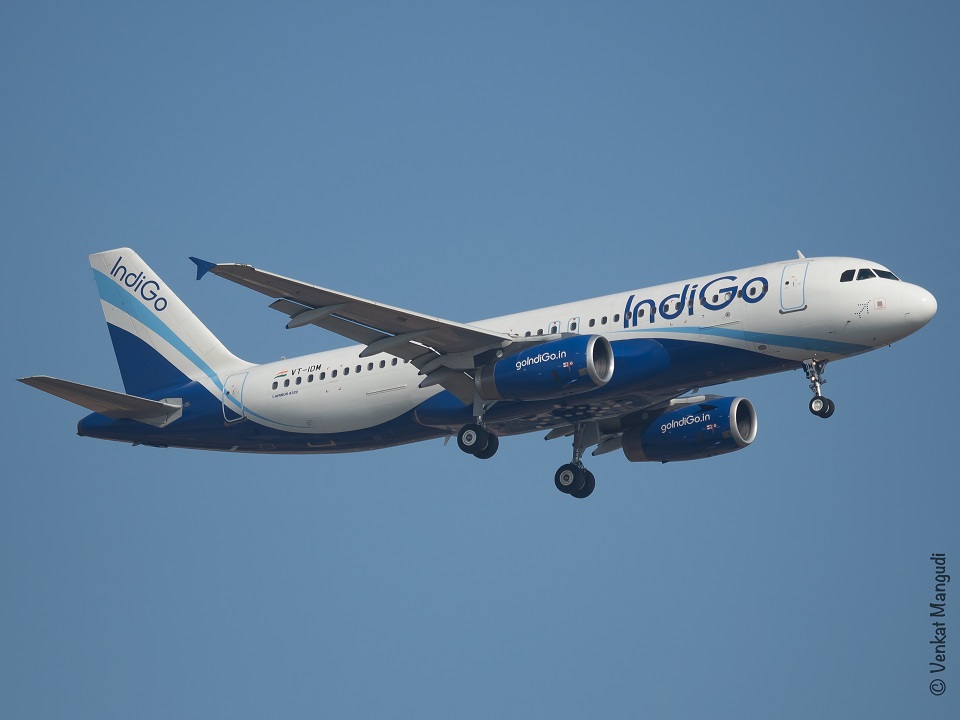Civil Aviation
How is the rise of low-cost carriers changing the aviation industry?

Low-Cost Carriers have high anticipation that will continue to play a significant role in the unprecedented expansion of aviation. The emergence of low-cost carriers (LCCs) has had a significant impact on the aviation sector in a number of ways. Following are some significant developments brought about by LCCs:
- Increased competition: The level of competition in the aviation sector has increased as a result of low-cost carriers. Because of their affordable costs, they have gained a new customer that was previously unable or unwilling to pay the high fares demanded by conventional airlines. Because of this, standard airlines have been forced to review and modify their price policies in order to stay competitive.
- Expanded air travel market: A wider group of travellers, including budget-conscious leisure tourists, students, and small company owners, may now afford to fly due to cheap airline tickets’ accessibility. The demand for air travel has increased as a result, especially in areas where it was previously seen as a luxury.
- Simplified service: As compared to standard carriers, LCCs often offer a streamlined business model with fewer amenities and services. As a result, they may offer reduced fares and cut costs.
- New markets: Direct flights from LCCs are now available to secondary and tertiary destinations that were previously underserved by traditional carriers, creating new markets. As a result, these areas have experienced greater connectivity and economic growth.
- Increased efficiency: Low-cost carriers have streamlined their operations in order to save money and increase efficiency. They frequently use a single type of aircraft, which reduces maintenance costs, and they have optimised their airport turnaround times to maximise their use of each aircraft.







